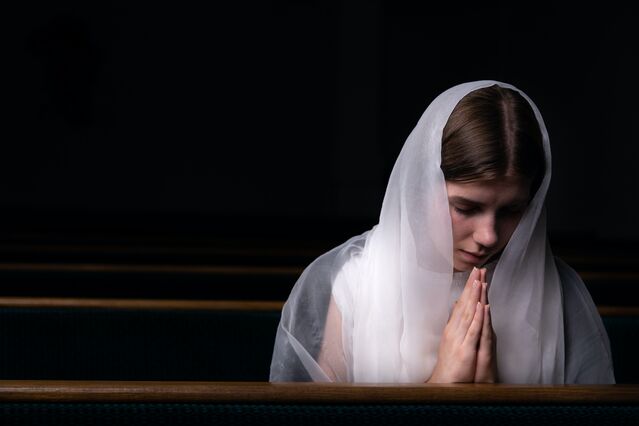In recent years, many of us shifted our approach to religion and spirituality. Particularly in places with more resources, such as certain regions of the United States and Europe, religion generally became less popular.
As a team of psychologists of religion led by Julie Exline recently noted, shifts away from religion occur in at least three forms. First, an individual may be “done” with religion entirely. That is, they may no longer consider themselves religious and may no longer affiliate with a religious community at all. Second, a person may continue to identify as religious, but may pull back their involvement. For instance, someone may decrease attendance at religious services or spend less time reading religious texts. Third, an individual may disengage from their religious identity and religious participation and instead focus on spirituality.
New Ways to Meet Ancient Needs
In his book, “The Power of Ritual,” Casper Ter Kuile explores and advises on this third possibility. He argues that, though many people in the developed world became less religious in recent years, the underlying human needs that religion addresses continue to be vital for human flourishing. Ter Kuile writes:
“It may be helpful to think of the human longing that leads to religious culture as akin to music and the music industry, which has struggled mightily over the last twenty years, with CD sales in free fall for much of the 2000s and 2010s. But our love for music still endures… The same thing is happening in our spiritual lives… Attendance at congregations is down, but our hunger for community and meaning remains.”
In light of this, Ter Kuile puts a spotlight on something many of us may not have noticed: the creation and surge of engagement in what could be called spiritual “replacements” for religion. He continues:
“Formal affiliation is declining, but millions are downloading meditation apps and attending weekend retreats. Moreover, they find spiritual lessons and joys in completely ‘nonreligious’ places like yoga classes, Cleo Wade and Rupi Kaur poetry, and accompaniment groups like Alcoholic Anonymous and the Dinner Party… Stadium concerts and karaoke replace congregational singing, and podcasts and tarot decks replace sermons or wisdom teachings.”
Ter Kuile then notes some of the possibilities in this new era. Individuals can “unbundle traditions” and “remix them” with sacred rituals that build community and create meaning. In line with this, along with Vanessa Zoltan, Ter Kuile created the popular podcast “Harry Potter and the Sacred Text” as a way for individuals to virtually gather and ritually share a close reading of a beloved book series.
As another example, I recently went for a hike in my local state park in Afton, Minnesota. Following Ter Kuile, as I left my car, I powered down my phone to more intentionally connect with the natural beauty I encountered. I then made a point to look for a tree in the park to connect with, a tree I decided would be old and gnarly, one that stood out from the rest. I found one matching these criteria overlooking the St. Croix River, and I mindfully walked around it three times in a kind of sacred gesture to both appreciate the tree and ritualize its significance. Next time I hike at this park, that tree will surely have added meaning for me.
Questions about Spiritual “Replacements”
There’s plenty of research evidence to show that increasing community and meaning contribute to positive life outcomes such as enhanced well-being. I do wonder, though, whether these spiritual “replacements” could start generating their own doubts and questions for people. For example, what really constitutes a “sacred” text? Is Harry Potter sufficient? Would Mary Oliver’s poetry or some other text be better?
Continue reading





